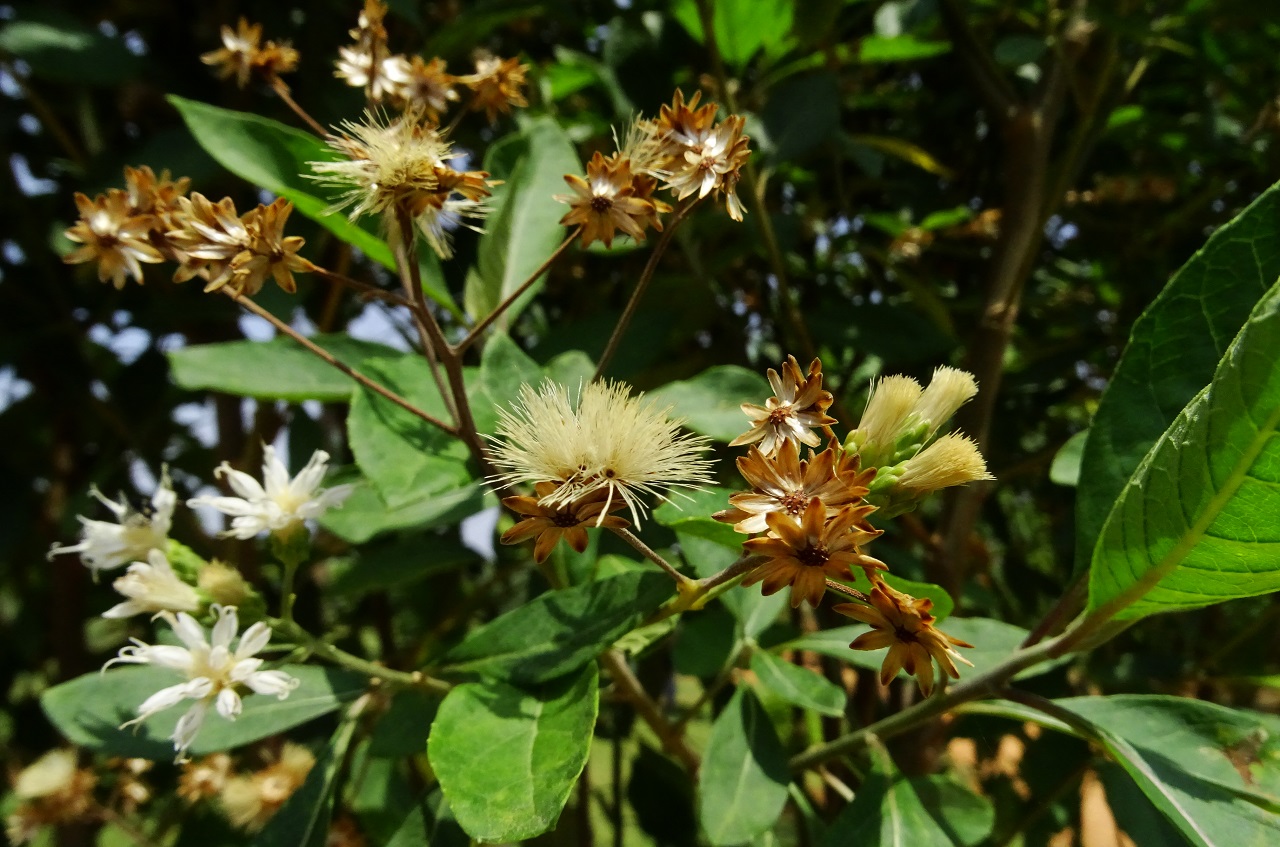
Impact of green manures of Vernonia amygdalina and Chromolaena odorata
- Post by: yusuff
- September 1, 2020
- No Comment
Field experiments were carried out during the 2016 and 2017 cropping seasons at the Teaching and Research Farm, Landmark University, Omu-Aran, Kwara State (latitude 8.9°N and longitude 50°61 E.), Nigeria, to study the efect of some green manures as an alternative to inorganic fertilizer on growth, yield, mineral and proximate composition of radish. Green manure composed of leaves of Vernonia amygdalina and Chromolaena odorata and were applied as follows: 10 tonnes ha−1 vernonia+0 tonnes ha−1 chromolaena (T1), 7.5 tonnes ha−1 vernonia+2.5 tonnes ha−1 chromolaena (T2), 5.0 tonnes ha−1 vernonia+5.0 tonnes ha−1 chromolaena (T3), 2.5 tonnes ha−1 Vernonia+7.5 tonnes ha−1 chromolaena (T4), 0 tonnes ha−1 vernonia+10 tonnes ha−1 chromolaena (T5) while in-organic fertilizer (NPK 20:10:10) was applied at 200kg NPK ha−1 (T6) and there was a control plot (T7). The experiment was laid out in a Randomized Complete Block Design (RCBD) replicated four times. Vegetative, yield and quality parameters of radish were taken. Data collected were subjected to Analysis of Variance (ANOVA) using Statistical Analysis Software (S.A.S), 2000. Treatment means were compared using Duncan Multiple Range Test (DMRT) at 0.05 level of probability. The study showed that application of green manures increased vegetative, yield and yield parameters and were comparable with application of NPK fertilizer while there was a signifcant increase in the nutritional composition of radish with application of green manures when compared with NPK and control. It can therefore be concluded that application 10 tonnes ha−1 vernonia+0 tonnes ha−1 chromolaena (T1) as green manure increased vegetative, yield and yield parameters while application 7.5 tonnes ha−1 vernonia+2.5 tonnes ha−1 chromolaena (T2) improved radish quality.
https://eprints.lmu.edu.ng/id/eprint/2775
